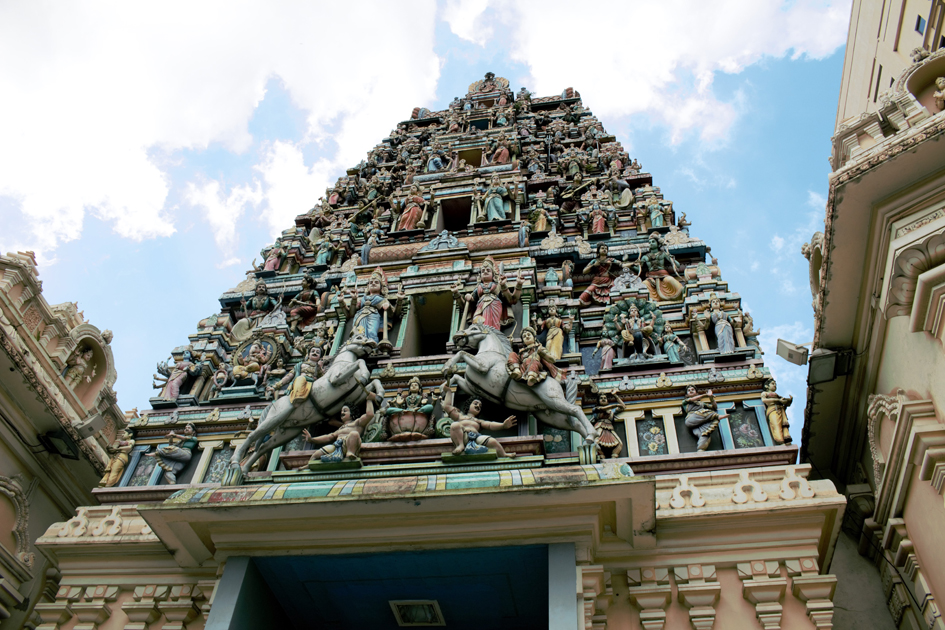Malaysian Architecture: A Major Source of Inspiration
Written and photographed by Cami Ismanova.
The foundation of diverse architecture is a diverse culture. We can truly observe this by visiting Kuala Lumpur, the hub that merges several major cultures into one. The incredible skyline catches your eye immediately after you land in the capital of sunny Malaysia. While walking around the city, you can see dozens of mosques, Hindu and Chinese temples, churches, and postmodern buildings that make you both genuinely inspired and astonished. Since I have fallen victim to the irresistible vibe of Malaysia’s flamboyant and disparate architecture, I would like to share what I have learned about it.
I have decided to begin with the biggest fish in the pond: the Petronas Towers, the tallest twin towers in the world, designed by Argentine architect Cesar Pelli. These twin towers were once the tallest buildings in the world from 1998 to 2004, but later they were surpassed by Taipei 101. The construction of the towers started in 1993 and finished in 1996. Their official inauguration was held in 1999 by the prime minister of Malaysia. What makes the Petronas Towers so special, besides their obvious height, is their “tube in a tube design,” which was invented by Fazlur Rahman Khan. Moreover, the influence of Islamic art (a reflection of the country’s religion) smoothly interlaces with the postmodern style of the architecture. The height of each tower is exactly 451.9 meters (1483 feet).
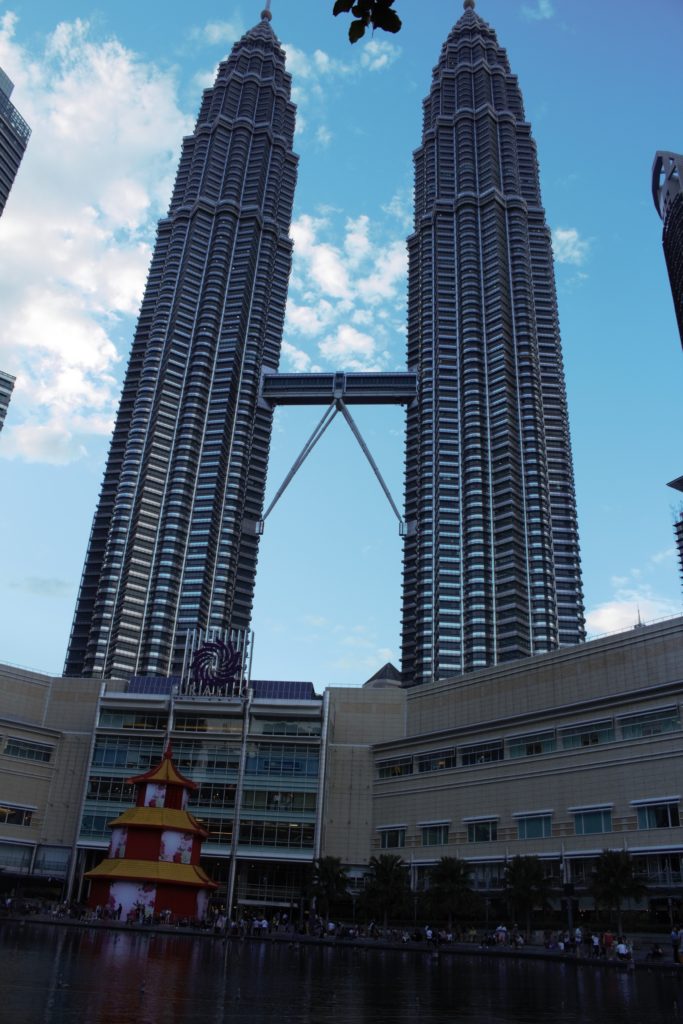
The buildings are owned by KLCC Holdings and cost 1.6 billion U.S. dollars. I was pleasantly surprised to find out that South Koreans contributed to the construction of the Petronas Towers. In fact, Samsung Engineering and Construction was employed as the contractor for the second tower, while the building of the first tower was supervised by a Japanese corporation. The Petronas Towers serve as office space for many local and international companies in finance, business, banking, law, and other fields. The towers also house the shopping malls Suria KLCC and KLCC Park. I highly recommend hanging out at family-friendly KLCC Park in the evening when it is cool and the musical fountains are on to entertain you. The night view of the illuminated towers is worth a thousand words. It is spectacular!
Another extremely unique architectural feat is the Sri Maha Mariamman Temple located in Kuala Lumpur’s Chinatown. Initially, it was built as a private temple for the Pillai family in 1873. Later, in the 1920s, the family opened the doors of the temple to the public. The main deity, Mariamman, is commonly worshipped by Indians abroad, especially by the Tamil people (an ethnic group that constitutes 5.9 percent of the population in India). The deity is believed to protect her worshipers during their journeys to foreign lands. Based on the popularity of the temple, it is fair to say that it is probably the oldest and richest temple in Kuala Lumpur.
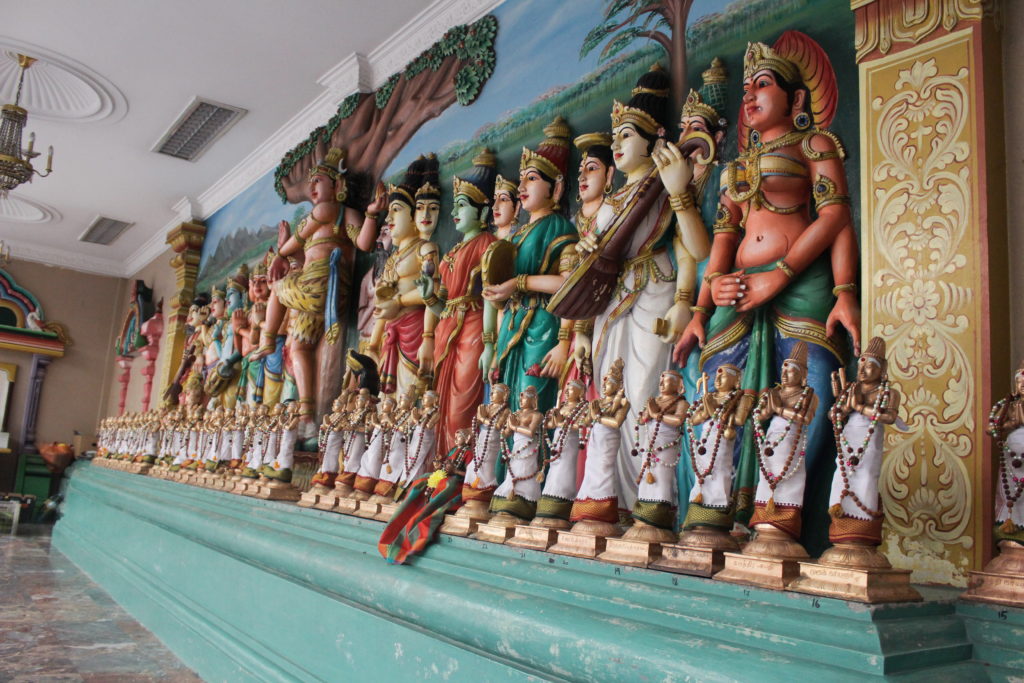
The Sri Maha Mariamman Temple is a building of Dravidian architecture. This particular style emerged in South India, and it consists of temples with pyramid-shaped towers that are constructed of sandstone, soapstone, and granite. I think the most incredible and beautiful part of the temple is the Gopuram, the gateway that towers up to 22.9 meters (75 feet). It was decorated with depictions of Hindu deities by South Indian sculptors. The chief sculptor, the late S. T. Muniappa, is the creator of 228 idols on the Gopuram.
The Sri Maha Mariamman Temple is incredibly beautiful inside. Especially, its decorated ceilings will impress you, and undoubtedly you will notice its onion dome and gorgeously decorated Gopuram from outside. The temple is full of visitors during Deepavali (The Festival of Lights) and the holy day Thaipusam, when visitors bring milk as an offering to the God of War, Murugan. Admission is free for tourists. It is a must-visit place while you stay in KL, I say.
Last but not least are Merdeka Square and all those buildings around it! Yes, it would be a shame to walk through Merdeka Square and not have a look at Sultan Abdul Samad Building or Masjid Jamek.
I would like to emphasize how conveniently the square is located. It is surrounded by so many attractions, such as the Textile Museum, KL Gallery, and several magnificent mosques, yet it is not crowded at all! Since 1957, Dataran Merdeka, or Independence Square, has annually held the Merdeka Parade, calling out all citizens of Kuala Lumpur. The Sultan Abdul Samad Building was built in 1894 as offices for the British colonial administration.
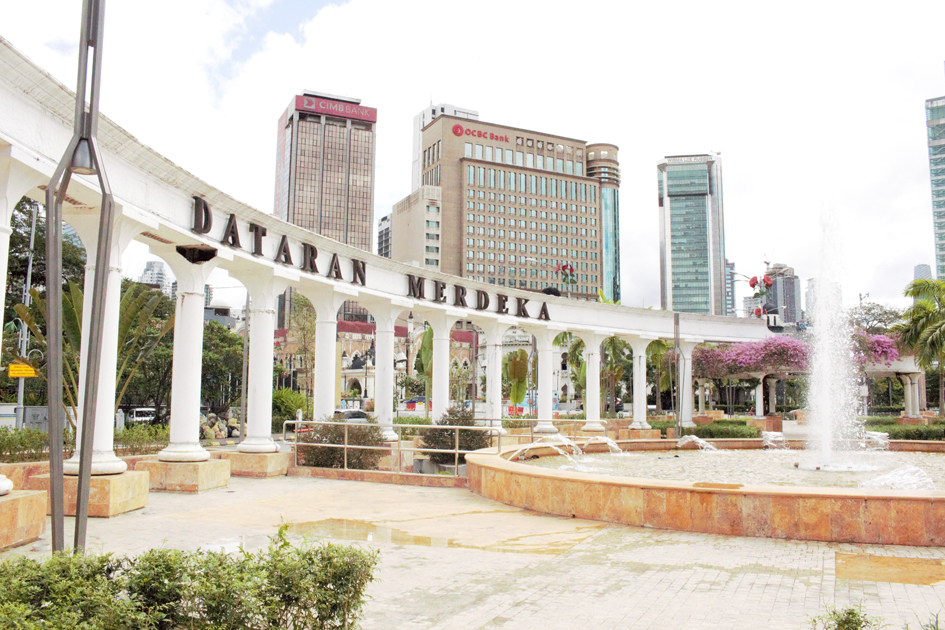
It was designed by A. C. Norman, R. A. J. Bidwell, and A. B. Hubback in Indo-Saracenic, Neo-Mughal, and Moorish styles. In 1974, it was named after the reigning Sultan of Selangor, hence the present name of the building. Nowadays, it houses the Ministry of Communication and Multimedia as well as the Ministry of Tourism and Culture.
And now, my favorite building: Masjid Jamek, also known as the Jamek Mosque. The mosque is located at the confluence of the Klang and Gombak Rivers. It has to main minarets with a white and pink pattern formed of plaster and brick called “blood and bandage.” It majestically stands illuminated by the fluorescent lights of the “River of Life” at night. It creates a fairytale-like atmosphere! During my short stay in Kuala Lumpur, I walked around the mosque a half dozen times for it was a major source of inspiration to me.
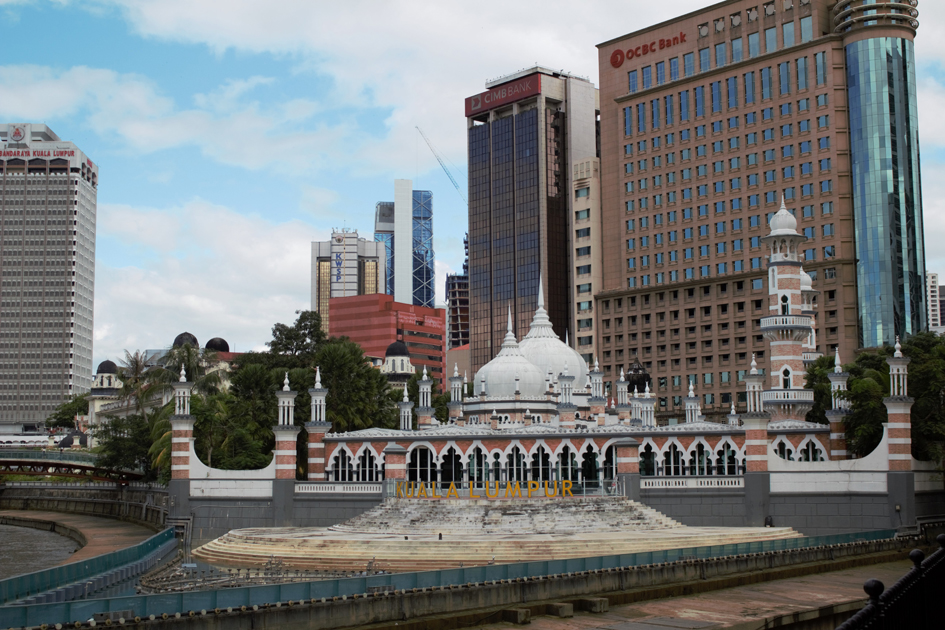
In conclusion, Kuala Lumpur pleasantly surprised, enchanted, impressed, and inspired me. Whenever and wherever you walk in the city, there is always a place to visit! Regardless of your beliefs and tastes, this city has sights to offer. Like it did with me, its diverse culture and architecture is sure to plant deep roots of inspiration in your mind.
THE AUTHOR
Cami Ismanova is a student at Chonnam National University majoring in economics. She loves writing, listening to jazz, reading non-fiction books, and traveling around. She can be found on Instagram @camidisman







